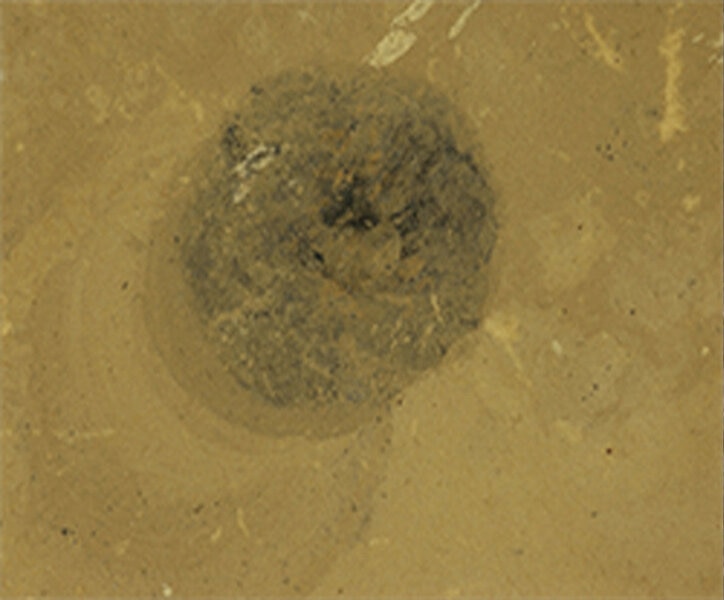Create a free profile to get unlimited access to exclusive videos, sweepstakes, and more!
500-million-year-old fossilized poop reveals a nightmarish, predatory sea worm

No, this isn’t a B-horror movie from the ‘80s, but if it was, it would probably be a cult classic by now.
What a primordial sea worm ate hundreds of millions of years ago emerged in its fossilized poop. The mutilated pieces of trilobites and other animals in that poop tell of a creature that lurked on the ocean floor, lurking in its burrow and waiting for prey to swim by unaware. That was what University of Kansas researcher Julien Kimmig and his team found out when they unearthed these burrows and fossilized feces, or coprolites. Turns out that something normally flushed down the toilet—and this worm’s burrows were its toilet—can be a time capsule of what ate what.
“These are burrows of a wormlke animal where we have fossilized feces preserved,” said Kimmig, who published a study in Palaios. “This is rare because feces decompose very easily — it’s not a stable product from animals.”
So how did these (insert poop emoji here) manage to fossilize into coprolites? When something goes, it has to go in the right conditions.
Coprolites are much more likely to form in a body of water when the sink to the bottom. With this worm, which was one of the most monstrous predators in its ecosystem at 6-12 inches long and about three-quarters of an inch wide, there was already an advantage since it pooped directly into a burrow that was up to a foot deep. This environment has barely any oxygen and is crawling with anaerobic bacteria, which don’t need oxygen to survive. These bacteria replace organic matter with phosphates and minerals over millions of years.
What an organism eats doesn’t really matter if it poops in the right place to turn what it leaves behind into a coprolite, but interestingly enough, carnivores like this worm stand a better chance of preserving the remnants of what they ate. Exoskeletons and shells of prey such as trilobites, clam-like bivalved arthopods, and hyoliths, which looked sort of like snails with strange pointed shells, are already mineralized.
Where the things devoured by this worm do matter is in figuring out the Cambrian food web.
“A food web is basically the interaction between what is eating what in the ecosystem,” Kimmig said. “When you think of fossils, fossilized poop isn’t what you’re thinking of — but actually it’s one of the most important indicators of paleoenvironmental interactions because it gives us information on what was a predator in the area and what it ate.”
The pieces of preserved shells and exoskeletons that surfaced in the coprolites gave away that this worm was a predator, thought to be much like the existing and equally terrifying Bobbitt worm. If you had any creeping suspicions, Bobbitt worms are named after what you probably think they are, and they shoot out of their burrows and use the frightening predatory appendages in their mouths to grab prey seemingly out of nowhere. Not even an octopus or stonefish is safe if it happens to be floating around near a hidden Bobbitt worm. The modus operandi of the ancient version appears to have been similar. Neither of them have or had a brain.
By the way, detrivores, basically garbage-feeders, would take advantage after the predatory worm did its business and left its burrow. They feasted on undigested leftovers in the poop.
After this, you'll probably never think of a toilet the same way again.
(via University of Kansas)



























